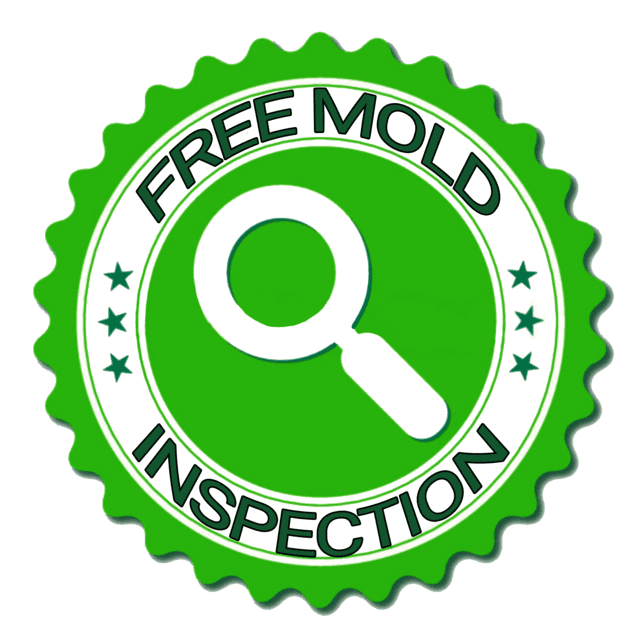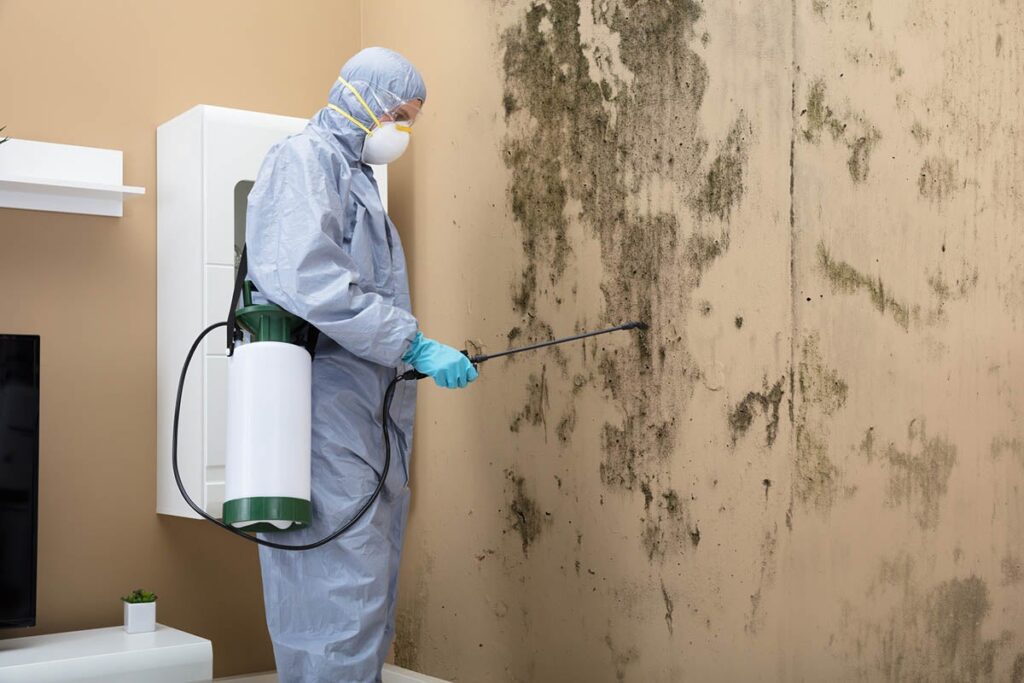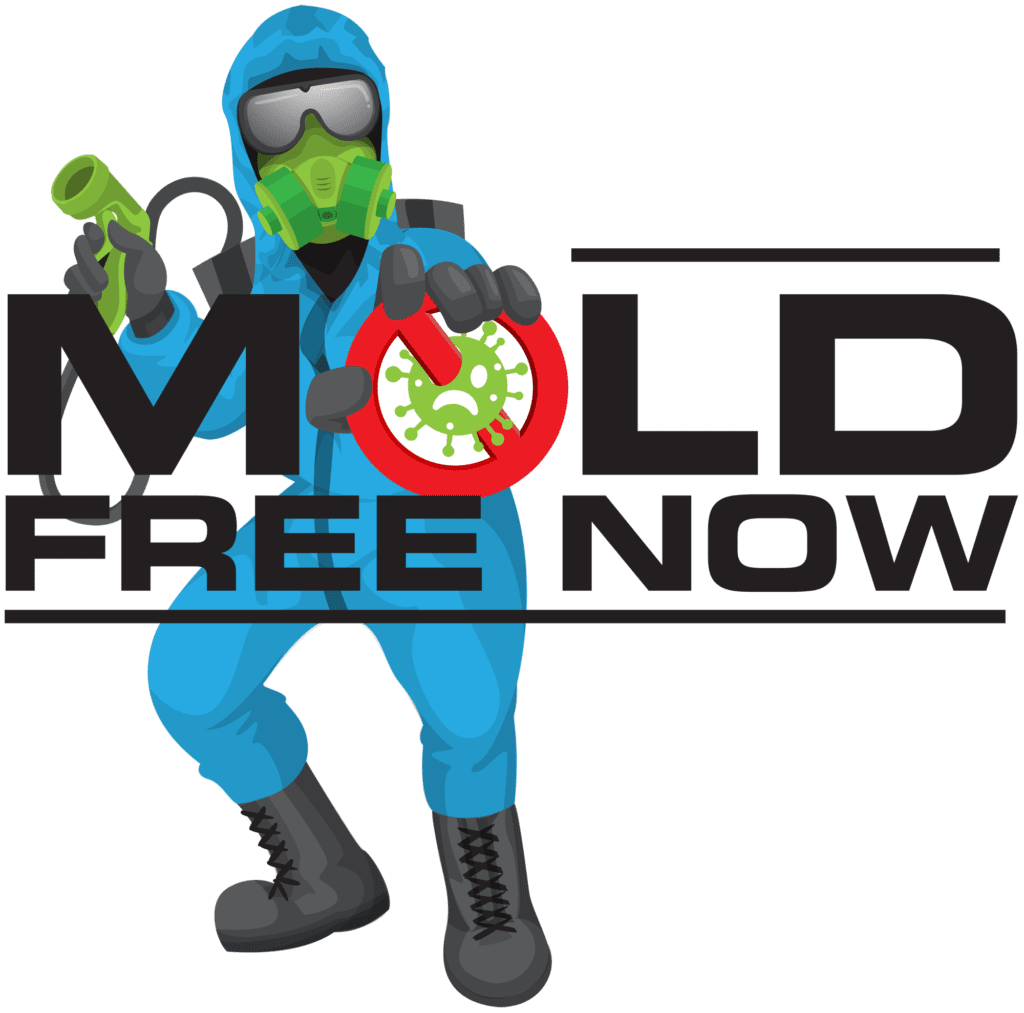If you’ve noticed a musty smell or strange discoloration on your walls, it might be time to consider a free mold inspection. Mold can be a serious issue, not only for your home’s structural integrity but also for your health. This article will explore why it’s crucial to have a professional assess any potential mold problems and how a free mold inspection can provide you with valuable peace of mind. Don’t let mold take over your space – take advantage of this opportunity to protect your home and loved ones.

What is Mold?
Definition
Mold is a type of fungus that grows in damp and poorly ventilated environments. It is made up of various microscopic organisms that reproduce by releasing spores into the air. Mold can grow on various surfaces such as walls, ceilings, floors, and even furniture. It thrives in areas with high humidity levels and can cause numerous health problems if left untreated.
Causes of Mold Growth
There are several factors that contribute to the growth of mold in a property. The primary cause is excess moisture, which can be a result of water leaks, high humidity, or inadequate ventilation. Other causes include condensation, flooding, and improper drying of surfaces after water damage. Mold growth can also be facilitated by organic materials such as wood, paper, fabric, and even food, providing a food source for mold to thrive.
Why is Mold Inspection Important?
Identification of Health Hazards
Mold inspection is crucial for identifying potential health hazards associated with mold exposure. Mold releases spores into the air, which can cause respiratory problems, allergies, and even infections in some individuals. These health issues can range from mild symptoms like coughing, sneezing, and skin irritation to more severe conditions such as asthma and chronic sinusitis. By conducting a mold inspection, you can determine if there is mold present in your property and take appropriate measures to mitigate the health risks.
Prevention of Property Damage
Mold growth can lead to significant property damage if not addressed promptly. It can cause structural issues, deteriorate building materials, and even impact the integrity of the property. Mold can also stain surfaces and create unpleasant odors. By conducting regular mold inspections, you can detect mold growth early on and prevent extensive damage to your property. Prompt action can help you save on costly repairs and maintain the value of your home or business.
How to Conduct a Free Mold Inspection
Preparation
Before conducting a free mold inspection, it is important to gather the necessary tools and prepare yourself for the process. You will need to wear protective gear such as gloves, goggles, and a respirator to avoid direct contact with mold spores. Additionally, you should have a flashlight, moisture meter, thermometer, borescope, and air sampler on hand to aid in the inspection process.
Inspection Process
To begin the inspection, start by visually examining areas prone to mold growth, such as bathrooms, kitchens, basements, and areas with water leaks or condensation issues. Look for signs of mold, including black or green spots, discoloration, or visible mold growth. Use a flashlight to check dark and hard-to-reach areas. Next, use a moisture meter to detect any excess moisture in the walls, floors, or ceiling. Measure the humidity levels with a thermometer, as mold thrives in environments with high humidity. A borescope can be used to inspect behind walls or in tight spaces. Finally, use an air sampler to collect samples for further testing.
Documentation
Throughout the mold inspection process, it is important to document your findings. Take detailed notes, photographs, and videos of any visible mold growth or areas of concern. This documentation will be helpful when discussing the issue with professionals or insurance companies. It is also important to keep track of any measurements taken during the inspection, such as moisture levels and humidity readings.
Tools Needed for Mold Inspection
To conduct an effective mold inspection, there are several tools that you will need to have on hand. These tools will aid in the detection and identification of mold growth. Some essential tools include:
Protective Gear
Wearing protective gear is crucial during a mold inspection to minimize the risk of exposure to mold spores. This may include gloves, goggles, and a respirator to prevent inhalation or direct contact with the mold.
Flashlight
A flashlight is needed to inspect dark and hard-to-reach areas where mold may be present. It will help you identify any signs of mold growth or moisture.
Moisture Meter
A moisture meter is used to measure the moisture content in various materials such as walls, floors, and ceilings. Excess moisture is a key factor in mold growth, so identifying areas with high moisture levels is essential.
Thermometer
A thermometer is used to measure the temperature and humidity levels in different areas of the property. Mold thrives in environments with high humidity, so monitoring the humidity levels is important during a mold inspection.
Borescope
A borescope is a tool used to inspect hidden areas such as behind walls or underneath flooring. It consists of a flexible tube with a camera that allows you to visualize areas that are not easily accessible.
Air Sampler
An air sampler is used to collect air samples to be sent for laboratory testing. This tool captures mold spores from the air, providing a better understanding of the mold species present in the environment.

Identifying Visible Mold Growth
Visual Examination
One of the first steps in identifying mold growth is through a visual examination. Look for any visible signs of mold, such as black or green spots, fuzzy or slimy textures, and discoloration on surfaces. Pay close attention to areas that are damp or prone to water leaks, as these are common areas for mold growth.
Sniff Test
In addition to a visual examination, the sniff test can also help detect potential mold growth. Mold often has a musty or earthy odor, similar to damp soil. If you notice any unusual odors in your property, it may be an indication of hidden mold growth.
Discoloration and Stains
Discoloration and stains on surfaces can be an indicator of mold growth. Look for any areas that appear darker or have unusual patches or spots. Stains may also appear on walls or ceilings, suggesting water damage or leaks that could contribute to mold growth.
Locating Hidden Mold
Checking Moisture-prone Areas
Hidden mold can often be found in moisture-prone areas of a property. These areas include basements, crawlspaces, bathrooms, and kitchens. Check behind appliances, underneath sinks, and around water fixtures for any signs of mold or moisture.
Inspecting HVAC System
The HVAC system can also be a breeding ground for hidden mold. Inspect the air ducts, vents, and filters for any signs of mold growth, such as musty odors or visible mold. Regular maintenance and cleaning of the HVAC system can help prevent mold growth.
Investigating Water Intrusion Points
Water intrusion points are common areas for hidden mold. Inspect areas where water may have entered the property, such as around windows, doors, or roofs. Look for any signs of water damage, including water stains, discoloration, or peeling paint.

Mold Testing Methods
Air Sampling
Air sampling is a common method used to analyze the quality of the indoor air and determine the presence of mold spores. The air sampler collects a sample of the particles in the air, including mold spores, which can then be sent to a laboratory for analysis. Air sampling helps in identifying the types of mold present and evaluating the concentration of mold spores in the air.
Surface Sampling
Surface sampling involves collecting samples from suspected mold growth areas on surfaces. This can be done using a sterile swab or tape, which is then sent to a laboratory for analysis. Surface sampling helps in identifying the types of mold present on surfaces and evaluating the extent of the mold growth.
Bulk Sampling
Bulk sampling involves collecting physical samples of materials that may contain mold, such as drywall or carpet. These samples are sent to a laboratory for analysis, which helps in determining the types of mold present and assessing the severity of the mold contamination.
Interpreting Mold Test Results
Understanding Mold Spore Levels
Mold test results often provide information about the concentration of mold spores in the air or on surfaces. It is important to understand the acceptable levels of mold spores in different environments. While some level of mold spores is normal in outdoor air, higher concentrations indoors can indicate a mold problem.
Comparing Indoor and Outdoor Samples
To interpret mold test results accurately, it is essential to compare indoor and outdoor samples. This helps in determining if there is an elevated mold spore count indoors, suggesting mold growth. Comparing the types of mold present in both samples can also provide insights into the potential sources of the mold.
Identifying Types of Mold
Mold test results can provide information about the types of mold present in the environment. Different types of mold have varying levels of toxicity and can cause different health effects. Identifying the types of mold can help in determining the appropriate remediation methods and understanding the potential health risks.

DIY Mold Remediation vs. Professional Services
Assessing Mold Severity
The severity of the mold contamination plays a crucial role in determining whether to opt for DIY mold remediation or professional services. If the mold growth is limited to a small area and the severity is low, DIY remediation may be feasible. However, if the mold contamination is extensive or involves toxic mold species, professional services are highly recommended.
Safety Considerations
Mold remediation can pose health risks if not done properly. DIY remediation requires the use of appropriate protective gear and precautions to minimize exposure to mold spores. Professional services, on the other hand, are trained and equipped to handle mold remediation safely, reducing the risk of health hazards.
Effectiveness of Home Remedies
While some home remedies claim to eliminate mold, they may not be effective in fully addressing the issue. Home remedies often focus on surface cleaning and do not target the underlying cause of the mold growth. Professional services use specialized equipment and techniques to ensure effective mold removal and prevention of future growth.
Benefits of Hiring Professionals
Hiring professionals for mold remediation offers several benefits. They have the knowledge and experience to accurately assess the mold situation, identify the source of the mold growth, and provide effective solutions. Professionals also have access to specialized equipment and products that are not readily available to the general public. Additionally, their services often include thorough testing and monitoring to ensure the mold is eradicated completely.
Preventing Mold Growth
Managing Indoor Humidity
Controlling indoor humidity levels is essential for preventing mold growth. Keep the indoor humidity below 60% by using dehumidifiers or air conditioners in humid climates. Proper ventilation is also important, especially in areas prone to moisture, such as kitchens and bathrooms.
Improving Ventilation
Good ventilation helps in reducing moisture levels and improving air circulation, which can prevent mold growth. Ensure that bathrooms, kitchens, and laundry rooms have exhaust fans to remove excess moisture. Use ceiling fans or open windows to enhance airflow in poorly ventilated areas.
Repairing Water Leaks
Promptly repair any water leaks in your property, as even small leaks can contribute to mold growth. Inspect plumbing fixtures, roofs, windows, and other potential sources of water intrusion regularly. Addressing leaks promptly can prevent moisture buildup and subsequent mold growth.
Proper Insulation and Drainage
Proper insulation and drainage can help prevent moisture accumulation in walls, floors, and ceilings. Insulate pipes to prevent condensation, especially in cold climates. Ensure that gutters and downspouts are clear to prevent water buildup around the foundation of the property.
Regular Maintenance
Regular maintenance of your property is crucial for preventing mold growth. Clean and dry any areas that are prone to moisture, such as bathrooms and basements. Regularly clean and inspect HVAC systems, including air ducts and filters. Keep your property clean and clutter-free to eliminate potential food sources for mold.
By following these preventive measures and conducting regular mold inspections, you can minimize the risk of mold growth and ensure a healthy and safe indoor environment. Remember, if you suspect mold growth or are unsure of the severity, it is always advisable to seek professional help for proper remediation.
